Upcycling, you may have very well heard this term thrown around on more than one occasion in recent years. While not exactly an original concept, this fast-rising trend has been given increased value and status in the world of interior design.
Recently, I moved into a new apartment and was faced with the exciting (if a little daunting) task of furnishing the entire space. In a perfect world, I would likely jump online to my favourite supplier, or take a trip to a local antiquities store, in the hope of finding something truly special.
The reality, however, is that you’ll often find yourself looking elsewhere, to online marketplaces, second-hand suppliers and the like. It’s not all doom and gloom, though, because that’s where the concept of upcycling takes centre stage!
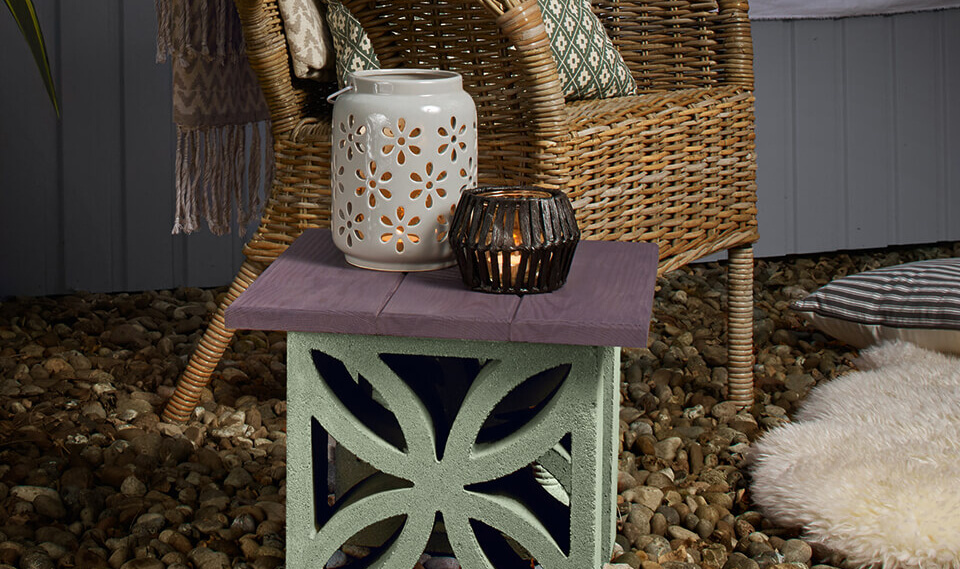
What is Upcycling?
The Oxford dictionary definition of upcycling is “to reuse discarded objects or materials in such a way as to create a product of higher quality or value than the original.
Commonly, you will find this concept takes shape largely with furniture, both interior and exterior. Upcycling furniture allows you to take an unwanted piece and breathe new life and purpose into it. While, of course, this will require at least a moderate amount of woodworking skills, the possibilities for creativity, design and ingenuity are broad.
Need a new coffee table but nothing out there has quite caught your eye? Upcycling may be the way forward. Or perhaps you seek a makeshift bookshelf that also works as a handy room separator? Upcycling might just provide the means.
The Benefits of Upcycling
- Environmentally Sound – Upcycling is a very eco-friendly practice. Realistically, you will turn to local suppliers for your materials, negating the need for any vast distribution. Essentially, you’re simply adding to (and hopefully improving on) what came before.
- Full of Character – In contrast to the world of fast furniture chains (whose pieces are often lacking a sense of real identity), upcycling allows the means to create a unique piece with personality and character. In short, something that’s truly your own.
- And History – When sourcing your materials, you may well find pieces that once contained a rich history, passed down from owner to owner, maybe even through generations!
- Cheaper Alternative – If you turn to upcycling by your own means, you may be pleasantly surprised to find the process runs a whole lot cheaper. Salvaged materials can sometimes be picked up for next to nothing, and there’s potential for resale too!
Upcycling Popularity
Really, the only perceivable downside of upcycling is that it’s ultimately become a victim of its own popularity. Upcycled traders and vintage furniture shops are popping up across the country, and will often charge fairly exorbitant prices for their pieces, simply because of their reclaimed and upcycled nature!
In this regard, it’s very important to do your research and check out suppliers in depth. Better still, you can try your own hand at upcycling from home, bringing together materials to create something from scratch. You never know what you can come up with!
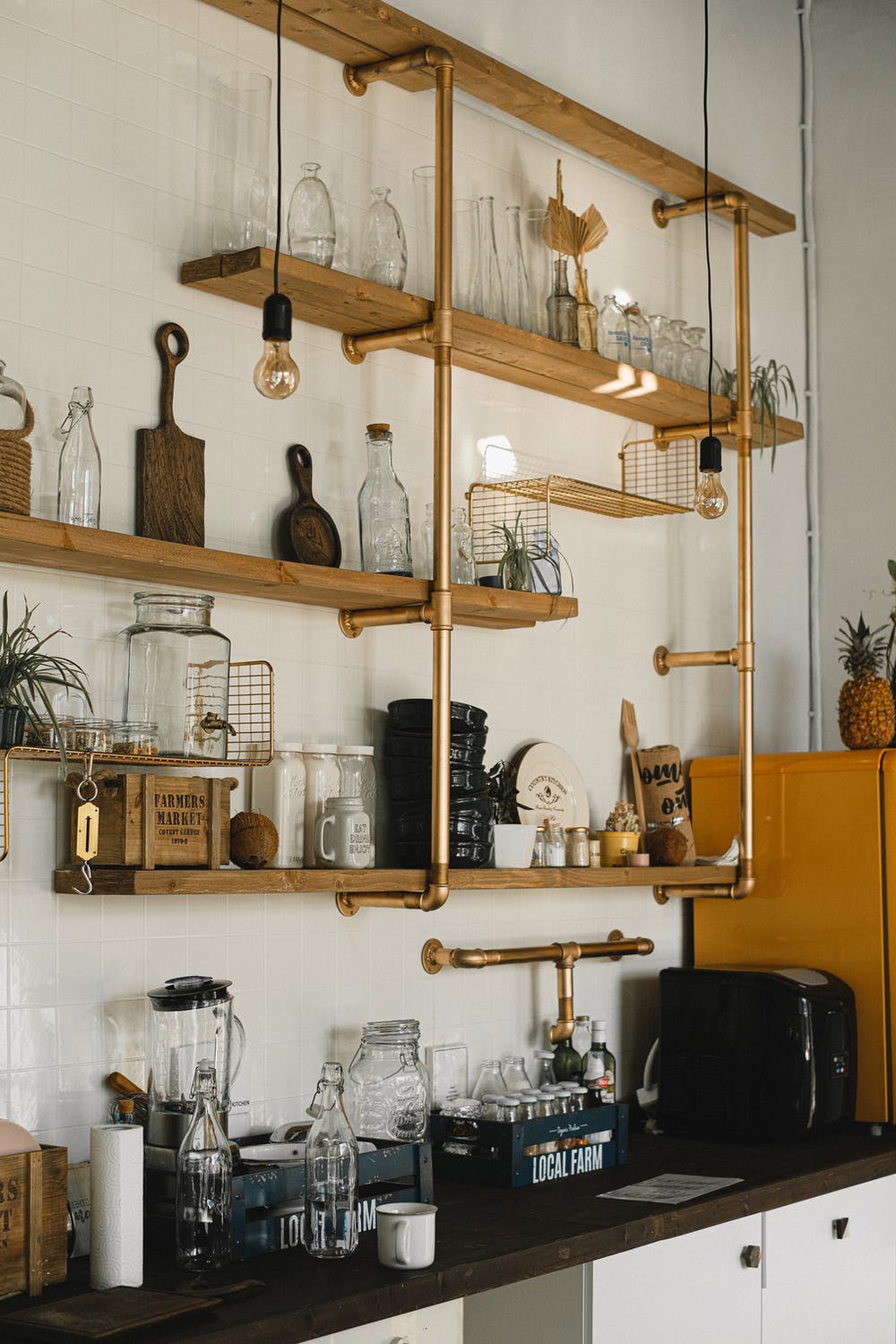
Product Recommendations
First Steps
When supplying your materials, you find that a pre-existing finish, such as a paint or varnish, has previously been applied. Chances are, you may want to remove this. That old finish could very well be old, cracked and in need of renovation.
You’ll need a paint remover or stripper. Our recommendation? Peel Away 7 Paint Remover. This is a safe and more environmentally friendly alternative to conventional caustic paint strippers. It can be used on a variety of different surfaces and is capable of removing up to 20 layers of paint with one single application.
A Suitable Finish
Polyvine’s products are designed for use in both home and professional environments. Their features and distinct characteristics make their use ideal for upcycling projects.
Alternatively, Earthborn Paints have a great product called Eco Chic that is perfect for upcycling and sprucing up furniture. Formulated from a water base, this clay paint is acrylic and oil-free and dries to a durable and breathable, ultra-matt finish. It’s also beneficial for allergy and asthma sufferers!
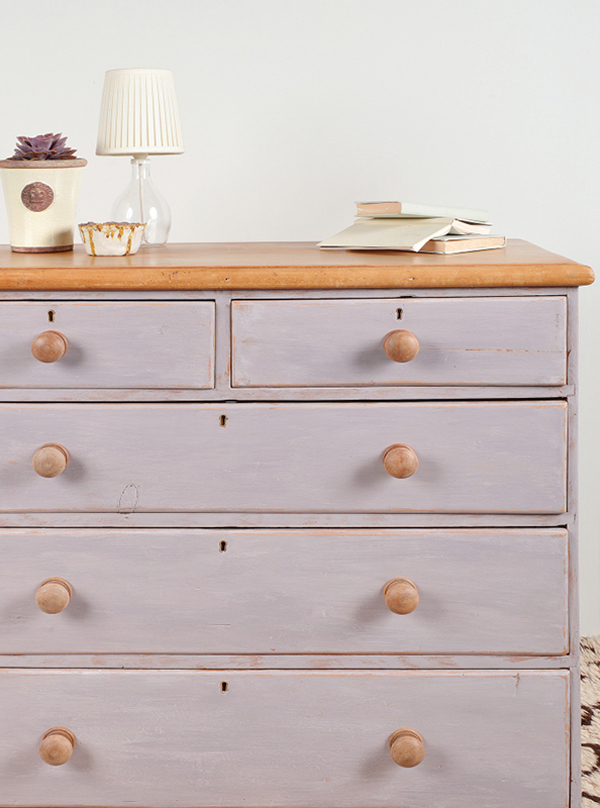
Need help with your upcycling project?
Contact our team of resident experts who are always on hand to help with project advice and product recommendations. Alternatively, see our FAQ page which covers many of our most commonly asked questions.
We love to see before, during and after photos of any wood finishing project. If you would like to share your project pictures with us and our followers, you can either send us some photos or share on our Facebook, Twitter, Pinterest or Instagram pages.


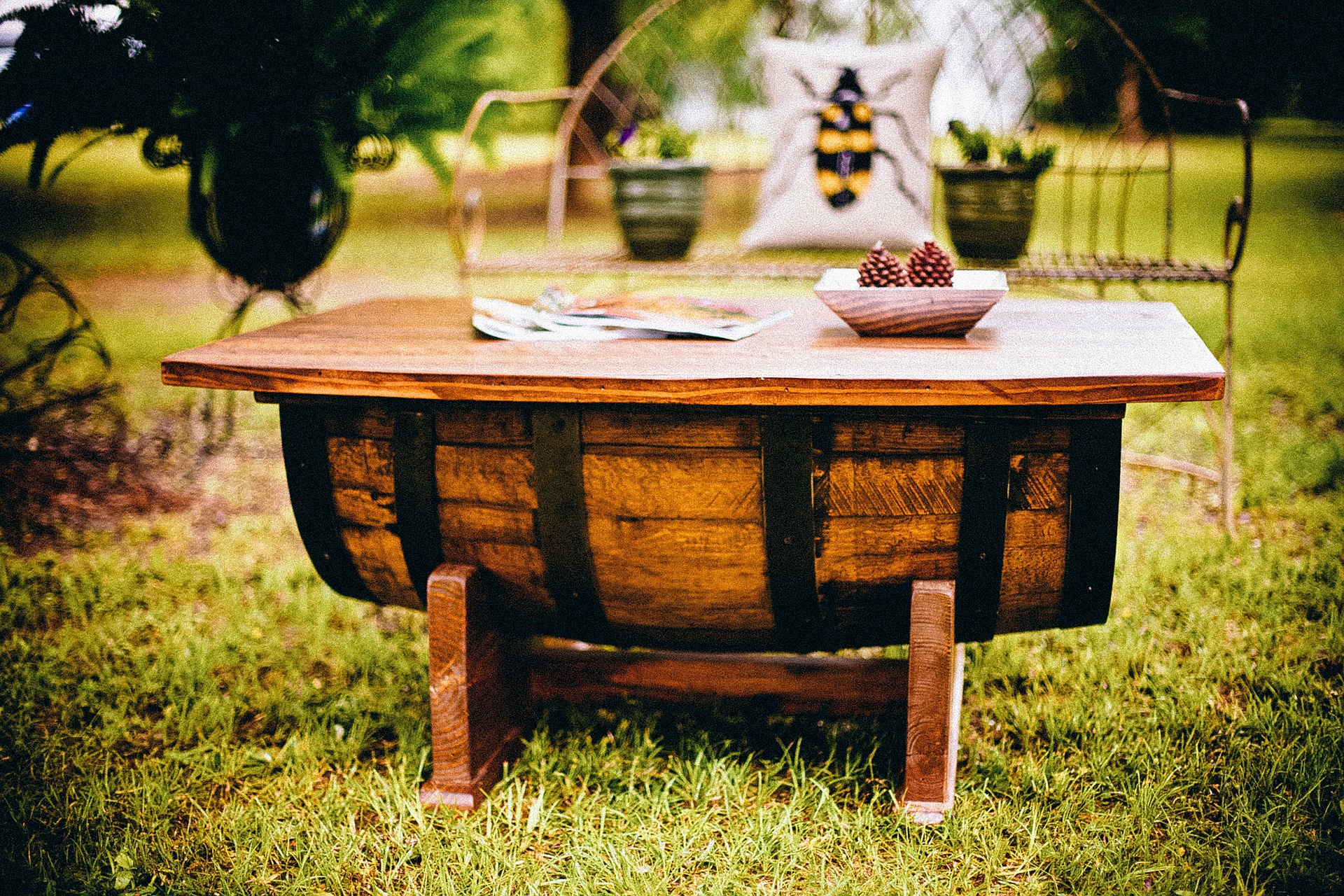
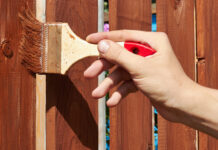


Hi can u tell me the nearest of your products to Ercol Golden Dawn.
Thanks
Good Afternoon Frank,
Ercol produce their own stains so we don’t have a direct equivalent. The age, porosity and natural colour of the bare wood always has a huge impact on the final colour of a stain so we would always recommend test areas on the actual piece that you are finishing. Please consider the product below that is available in huge colour range. You can apply 1-2 coats depending on the depth of colour required, it can also be diluted with water to make it lighter. Please have a look at the Golden Oak and the Chestnut in this range.https://www.wood-finishes-direct.com/product/manns-oak-wood-stain The stain can then be sealed in with most oils. varnish or wax.